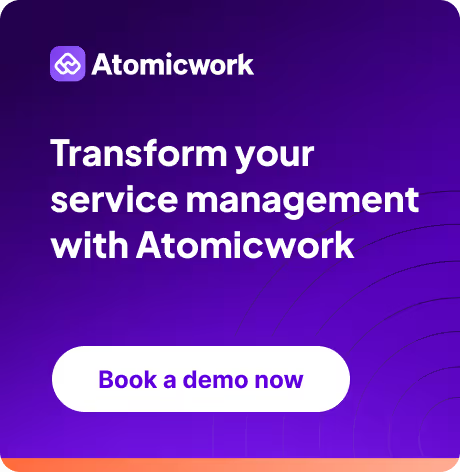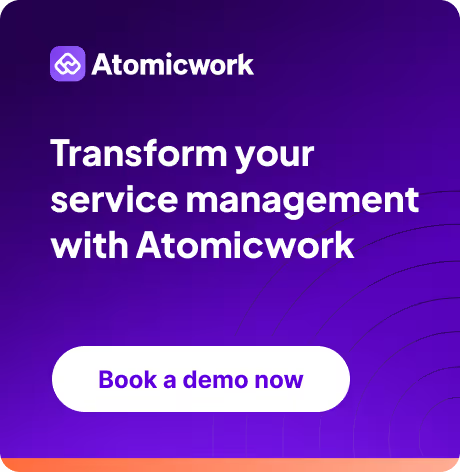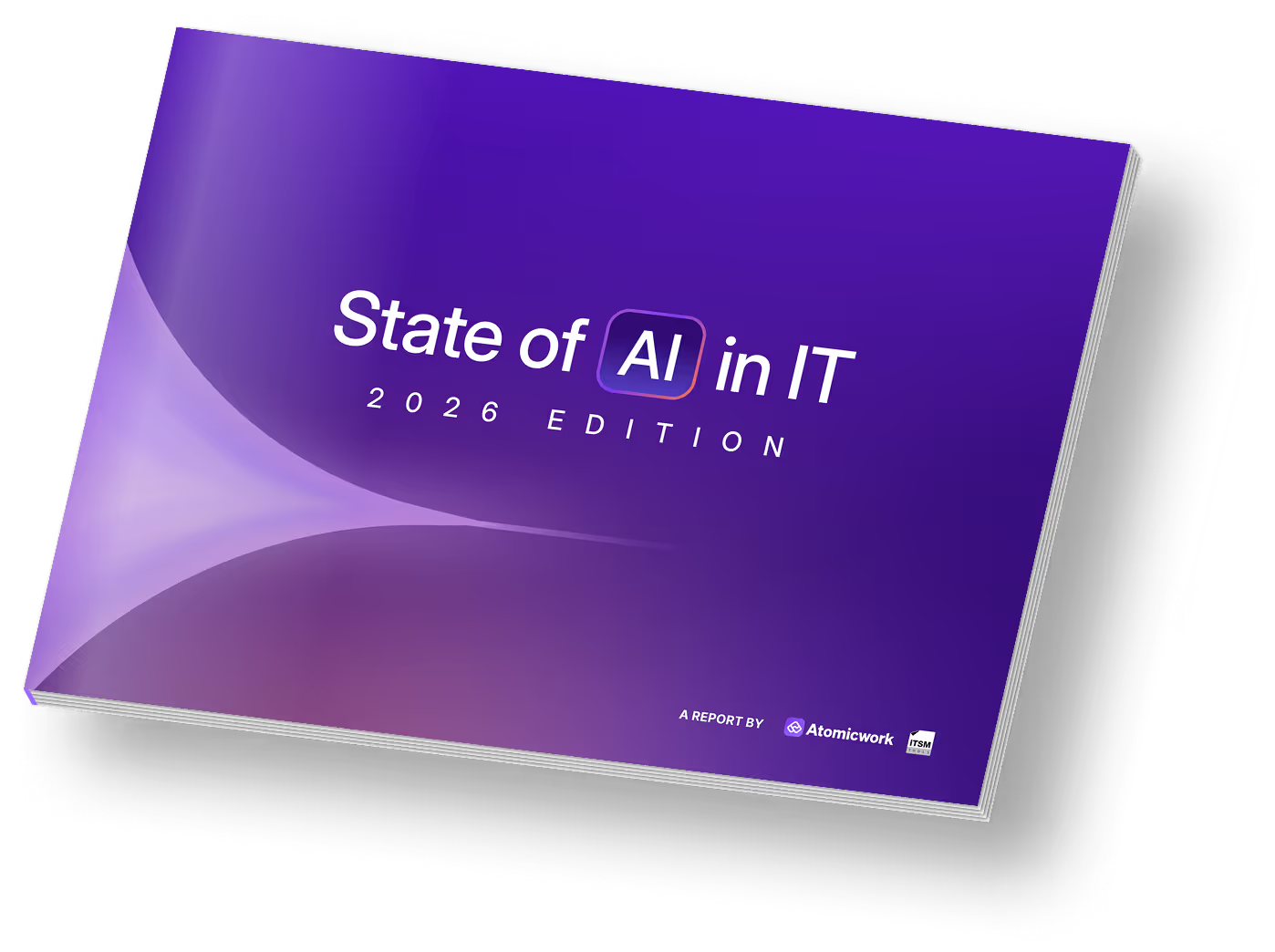AI for moments that matter

People don’t remember what you said, but how they felt. Leverage AI-powered technology to create employee experiences that make them feel great at their job.
Written by Nicholas Wardle, edited by Sadhana Balaji.
A person’s experience at the workplace is not a blob of time but an intricate collection of small moments that evoke specific feelings that add up over their tenure. A successful organization is one that makes these moments meaningful.
While the latest advancements in technology — especially AI — open up extraordinary opportunities to make this happen, a real impact can only come when organizations consider employee experience as a Northstar metric. In this article, drawing from my years of practice enabling this for global organizations, I explore what you can do to set your teams up for success by turning the dial on employee experience.
Think of EX like CX
Just as customer experience (CX) has been at the center of all sales and marketing activities for nearly two decades now, employee experience (EX) needs to define internal processes. EX should be the umbrella term under which the people function - including human resources (HR), learning and development (L&D), internal communications, performance management and so on - should exist. You should meticulously collect data about each employee and their work to create personalized experiences at scale.
Optimize moments that matter
Employee experience is made up of small moments. To make these moments magical, begin by looking through your entire employee lifecycle. Identify key moments such as joining day, anniversary, appraisal meetings, crises, and anything else that’s unique to your organization and people. Then, create employee journey maps for each of those moments that matter.
Typically, this happens by pulling 2-3 people — mostly senior HR folks — into a room to design these moments. That’s a huge mistake as it approaches employee experience from the organization's top-down perspective and not the other way around. Instead, get a cross-section of people who own the moment that matters and those who’ve recently experienced it to workshop the moment. Do involve the diversity, equity and inclusion (DEI) and Wellbeing teams to ensure completeness. This bottom-up approach creates ideal experiences, not just for the HR function, but for the employees as well.
Be people-first
Another fallout of approaching employee experience from the wrong perspective is quick fixes and failed initiatives. Take, for example, sourcing tech solutions to people's problems. The IT team, typically quite distant from the real problems, has a disproportionate say in their solutions. The metrics based on which they evaluate the solution — in this case, a technology product — may not be aligned with the problem statement itself. This eventuality arises from taking a tech-first approach.
To make moments that matter meaningful, organizations need to take a people-first approach.
- Understand what are the real obstacles to optimizing the moments that matter
- Imagine what are the ideal solutions to these problems (tech or otherwise)
- Identify metrics you can use to measure the success of these solutions
- Apply these metrics while evaluating each solution
- If possible, bring a group of beta users to test the product you’re considering to validate that it is the right solution
- Trust user feedback while making purchase decisions
- Have a constant feedback loop in order to enable continuous improvements
Focus on ROI
Return on investment is not an easy thing to calculate, especially when it comes to something like employee experience. That doesn’t make it any less important. As I always say, the golden goose is to correlate EX activities to the bottom line. We’ve figured out a simple way to do this.
We take information about your organization, such as the number of employees, their average salary, turnover rates, sickness rates and so on, to calculate the losses you’re currently incurring - some of which are avoidable. For instance, if your employees only work at 50% productivity, half your salary expense is wasted. By providing your employees with the tools they need to perform at 100% — i.e., improving the employee experience — you can essentially double your outcomes.
You can also use these quantitative insights to collect more qualitative data. If sickness leaves are above acceptable standards, you can explore why. This could perhaps be due to workplace stress. You can redesign your organization or offer wellness programs — also employee experience initiatives — to combat that.
Similarly, you can look at reasons for turnover. A few people leaving to join your competitor because of higher salaries is inevitable. However, losing a good employee for a minimal raise elsewhere is likely to be an indicator of a poor employee experience.
Access our EX ROI calculator here.
Choose useful tech
There are hundreds of products out there promising to move the moon. While choosing employee experience technology, be mindful of outcomes. Here are a few things to consider.
Impacting moments that matter: See how this technology contributes to the employee lifecycle.
Being easy to adopt: People will willingly adopt the tech they are used to. A Siri or Alexa-like tool will be quicker to embrace. ChatGPT and other chatbots are getting there as well.
Solving people’s problems: Check if the tool you’ve chosen helps people’s work to be done faster and smoother
Delivering ROI: Conduct employee satisfaction surveys and interviews to ensure your product improves the experience. Then, correlate them to the bottom line.
About Nicholas Wardle
Nicholas is an award-winning employee experience practitioner with over 15 years of experience in the employee experience/comms/engagement space, both in the UK and in the Middle East. He has worked across many sectors, including the arts, television, local government, retail, housing and care. He is the co-author of the book: Monetising the Employee Experience. He currently works as the Employee Experience Director at Brand Experiences.
You may also like...


































